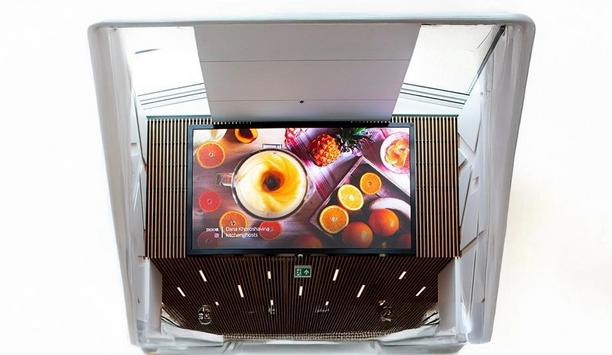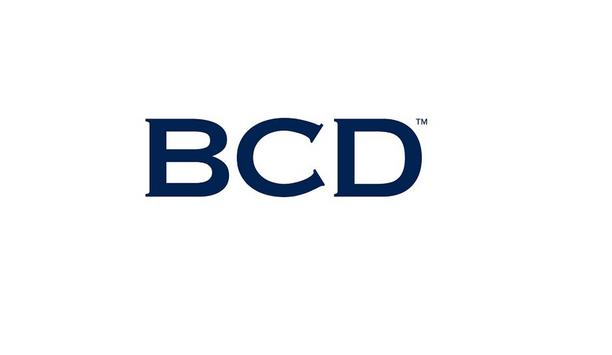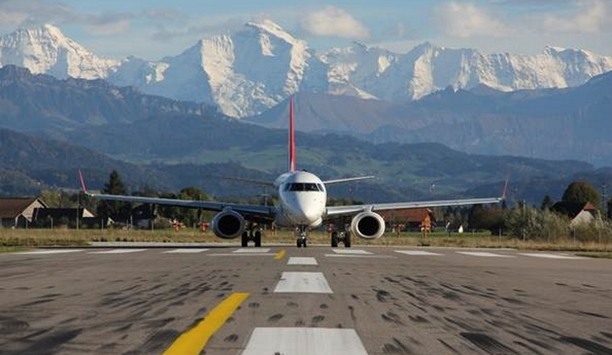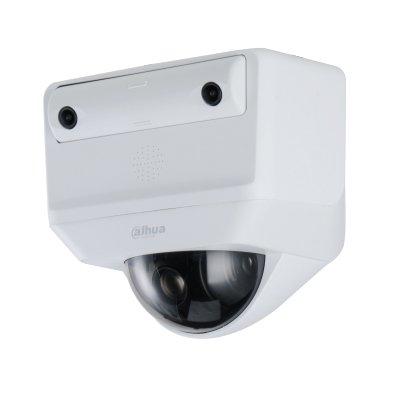Government regulations continue to step up security demands at federal agencies, requiring identity cards to support multiple identity assurance factors and be validated at entries into a building or location. Because of the cost and infrastructure that goes along with many security upgrades, federal agencies must wait months or, in many cases, years to implement changes. The Federal Aviation Administration—an operating mode of the U.S. Department of Transportation—is no different.
The FAA is tasked with the colossal mission of regulating and overseeing all aspects of civil aviation in the United States. With offices around the world, including its headquarters in Washington, D.C., the FAA has a large number of employees and buildings to oversee.
With so many people coming into and out of the buildings each day, it is particularly important that security personnel have reliable tools to validate employee credentials
Need of tools for validating employee credentials
As part of its security requirements, the FAA must validate Personal Identity Verification (PIV) cards at checkpoints within its facilities. With so many people coming into and out of the buildings each day, it is particularly important that security personnel have reliable tools to validate employee credentials.
As recently as a year ago, FAA security personnel were conducting visual inspection of PIV cards at the gates into facilities that did not have PIV card readers. They had no way of telling if the card was authentic, revoked, or if the employee had access rights to a checkpoint at a particular time.
At the FAA headquarters, which employs just under 6,000 permanent employees, and another FAA facility, the Minneapolis Air Route Traffic Control Center, which is the organisation’s 11th busiest airport traffic control tower, visual verification just wasn’t enough.
Automating the verification process
In order to comply with HSPD-12 and the Office of Management and Budget (OMB) Memorandum 11-11, the FAA needed a process beyond visual verification that allowed security personnel to quickly check the authenticity and revocation status of a card, as well as access rights to a particular area of the facility. With as many as 5,000 people coming into the FAA headquarters facility daily, the organisation’s primary goal was to automate the verification process.
“The project needed to provide guards the ability to validate PIV cards at FAA facilities where the gates did not have PIV card readers,” said Craig Auguston, HSPD-12 Program Manager at the Federal Aviation Administration. “We also wanted a mobile solution for backup and for roaming guards to be able to validate secure areas, such as parking garages.”
Codebench’s OMNICheck Plus software
OMNICheck Plus was ultimately decided upon because it is integrated with many physical access control systems including the P2000
The FAA began looking at products that could not only meet its requirements for mobile validation, but also integrate seamlessly with its P2000 security management database from Johnson Controls (JCI), according to Auguston.
“This upgrade was important to meet the FAA’s requirement to validate PIV cards at all check points,” Auguston said. The FAA’s former process of visual verification was not allowing security guards to check the status of a PIV card, such as revocation status and specific access rights, both of which the organisation needed to meet its security goals.
After testing a couple of mobile software validation programs, the organisation chose OMNICheck Plus software from Codebench, a HID Global Company. OMNICheck Plus was ultimately decided upon because it is integrated with many physical access control systems including the P2000, and it is listed on the GSA’s FIPS 201 Approved Products List as a CAK authentication system when running on an ARM-based mobile device such as the DAP CE3240B, which both FAA facilities use.
Giving mobile access to the security guards
“They really needed something that was going to allow their security guards to be mobile in certain parts of a facility,” said Botio Mandov of Johnson Controls. Johnson Controls, the integrator for the project, helped the FAA implement a larger security upgrade, which included the security management database and mobile validation software.
Together, the FAA’s mobile DAP devices and OMNICheck Plus software enabled roaming security guards to use the mobile handheld devices in FAA parking garages and other entry points that needed to be secured, but do not have stationary PIV card readers.
One of the most important aspects of authentication software for the FAA was the ability to check an employee’s access rights directly on the mobile card readers
Checking access rights on mobile card readers
In addition to mobility, one of the most important aspects of authentication software for the FAA was the ability to check an employee’s access rights directly on the mobile card readers—something only their organisation’s P2000 physical access control system could do previously. With an OMNICheck module called Data Import, certain cardholder information housed in the FAA’s P2000 database, such as access rights, was pushed down into the DAP mobile devices used by security personnel.
“Access rights allow FAA security guards to make sure employees’ cards are not only valid, but that they are allowed to be in a certain area at a certain time,” Mandov said.
In addition, FAA security administrators can run audit reports that show which cards were checked and when. The implementation took about five months, including testing the interface with the access control system and coming up with a training guide for the security guards, according to Auguston. The FAA is currently using 31 DAP CE3240B mobile readers with OMNICheck Plus.
Saving money by eliminating physical parking passes
Prior to the OMNICheck Plus installation, FAA security personnel had an unreliable way of authenticating PIV cards and access rights. Now, security personnel are able to verify digital certificates, revocation status and access rights, all while having an audit trail of the cards checked in the system.
An additional, unexpected benefit for the FAA has been the cost savings of eliminating physical parking passes at its two facilities. “We are able to positively identify cardholders’ status when they try to enter the facility. We were able to save money by eliminating the physical parking pass by using OMNICheck to validate cardholder’s status for parking in FAA-controlled facilities,” Auguston explained.




















